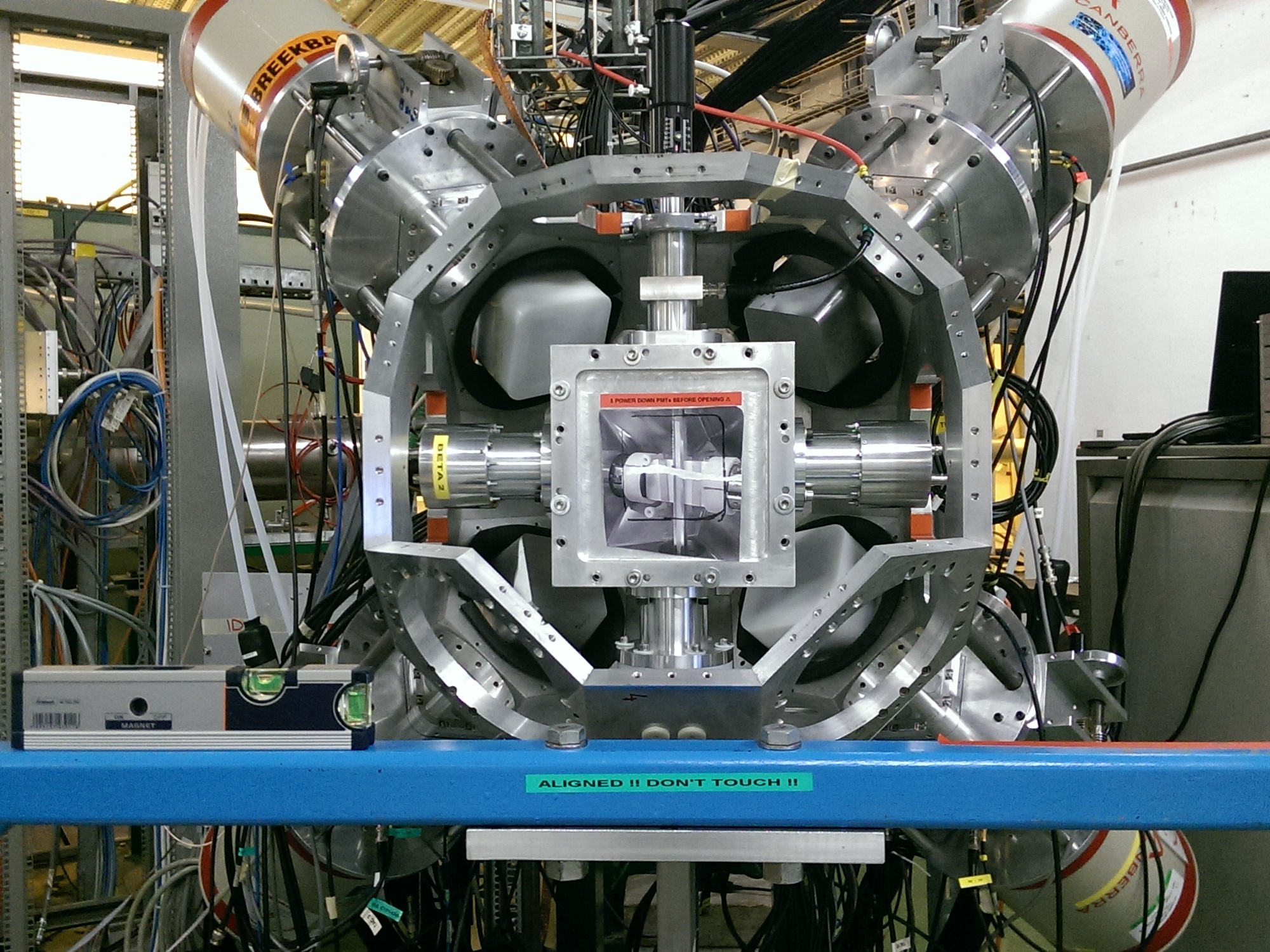The ISOLDE Decay Station (IDS) gives improved results on delayed alpha decay for 16N. New paper in Physical Review Letters.
The IFA CERN-group has been one of the driving forces behind the establishment of the new IDS detector installation at CERN, and now the results start coming in.

The nuclear reaction where carbon-12 catches an alpha particle and turns into oxygen-16 is very important in astrophysics, but calculating the probability of the reaction under the circumstances ruling inside the red giant stars is extremely difficult. In a recent paper in Physical Review Letters a research team including Oliver Kirsebom, formerly at IFA and a list of other researchers; some also from IFA, describes a significant improvement of their previous results.
In the experiments the researchers are using the 16N isotope, as previously described in IFA News here.
The recent results are based on the same reaction, but the proces proper is different. At the new detector IDS at ISOLDE, CERN radioactive isotopes are produced, and it is measurements here that has made it possible to improve the results significantly.
In both experiments the beta decay of 16N is used as a shotcut (or 'detour', depending!) for studying the fusion process 4He+12C->16O. This is the process occurring inside the stars, but it is almost impossible to reenact this under the conditions possible here on Earth. Thus the researchers are looking at the 'backwards' reaction: A 16N nucleus beta decays into an exited 16O, which consecutively decays to the ground state of 16O by radiation of a gammaphoton. In about one out 100 000 decays the exited 16O instead 'chooses' to split into a 4He and a 12C nucleus. The challenge in this is to exactly determine how often this happens. The tendency of the excited 16O to split into 4He + 12C is directly proportional to the opposite astrophysically interesting tendency of 4He to fusion with 12C.
The experimental challenge is to measure two parameters: the total number of beta decays and the proportion of these that goes into the alpha decay 4He+12C. In the previous experiment, the number of 16N nuclei were counted by accelerating them to high energies and shooting them at a detector. The energy transferred by every single nucleus could the be noted, and consequently also the energy of any alpha particle that may have occurred. The main challenge was the high number of counts plus separation from other beam constituents. In the new experiment at ISOLDE 16N is 'only' accelerated to relatively low enegies. Afterwards they are stopped gently in a thin foil, and the number of decays are counted by measuring the gamma radiation. Also this method has its challenges, but in the end it turns out to be better, because measuring gamma radiation gives a more selective detection of the specific 16N decays.
